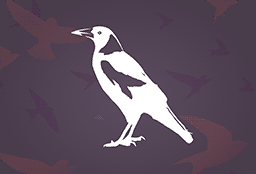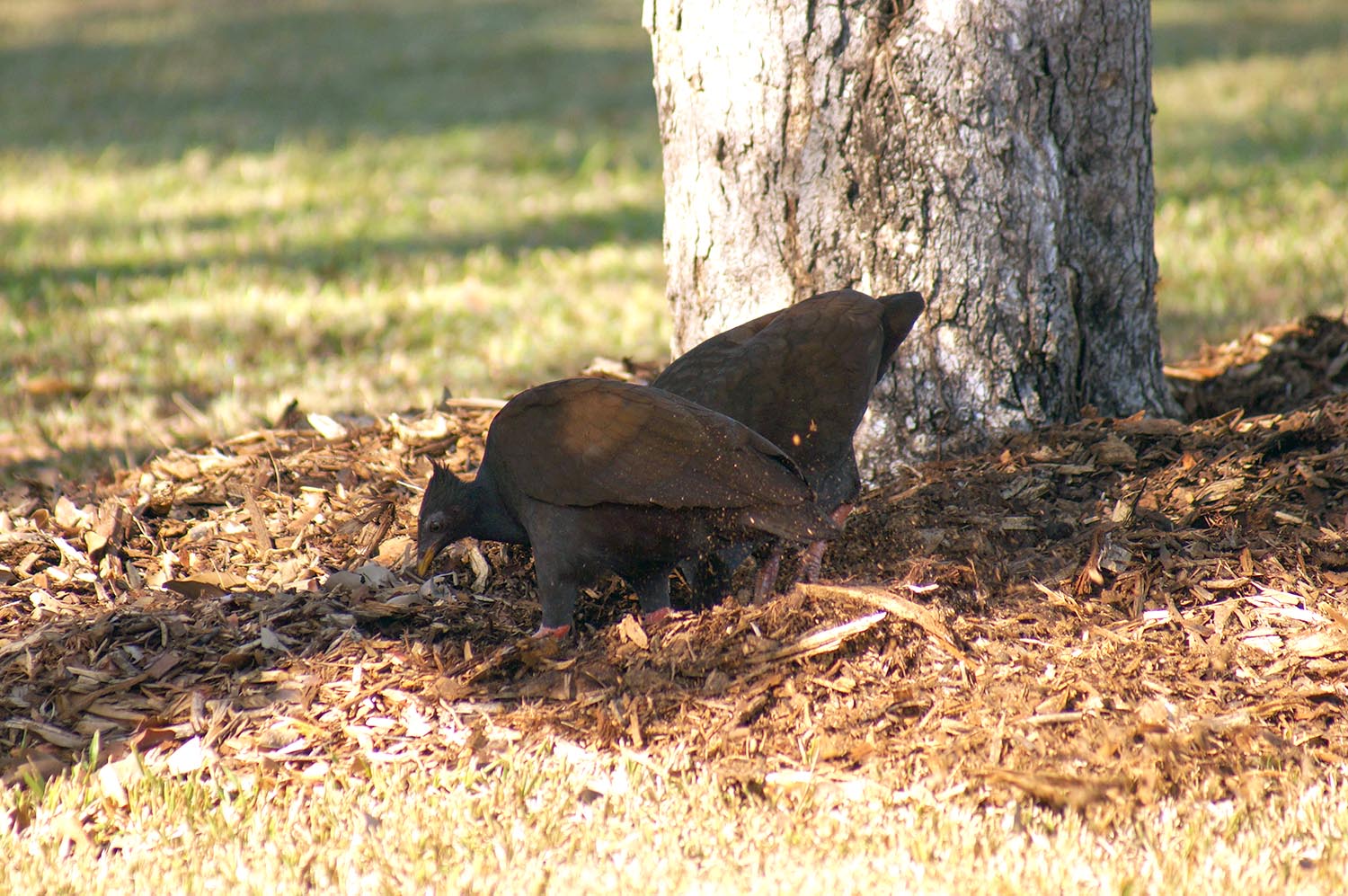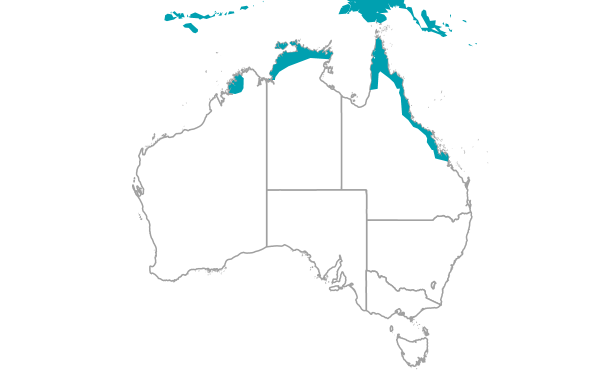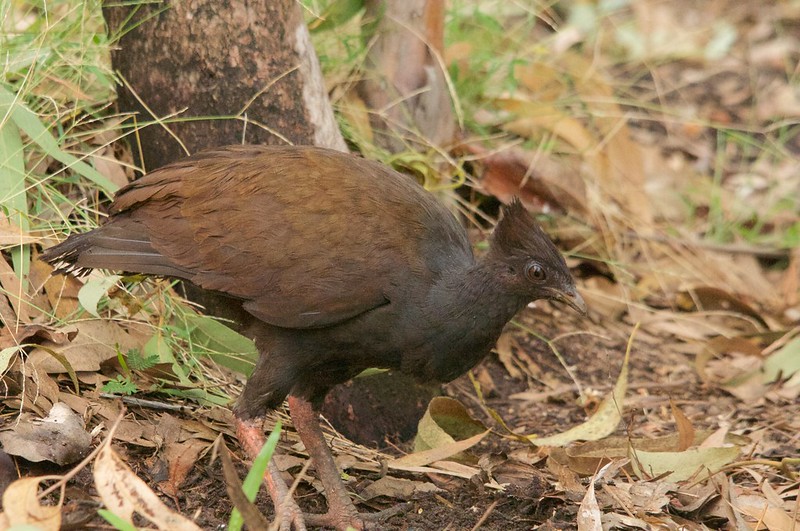Size
40-50cm Tall
Behaviour
Call
Loud clucks and double crows. Calls in territory but is quieter than most fowls.
Diet
Feeds on Berries and roots on the ground. Can feed on small beetles and other insects.
Flight
It can fly and does so when threatened by predators however cannot fly large distances.
Breeding
Both sexes build circular or elongated mound out of objects on the ground. Eggs are laid here and incubated by decomposing material. Incubation lasts for up to 100 days as the female lays multiple small eggs once the mound reaches 30 degrees.
Field Guide
Improve your identification skills. Download your Orange-Footed Scrubfowl field guide here!





